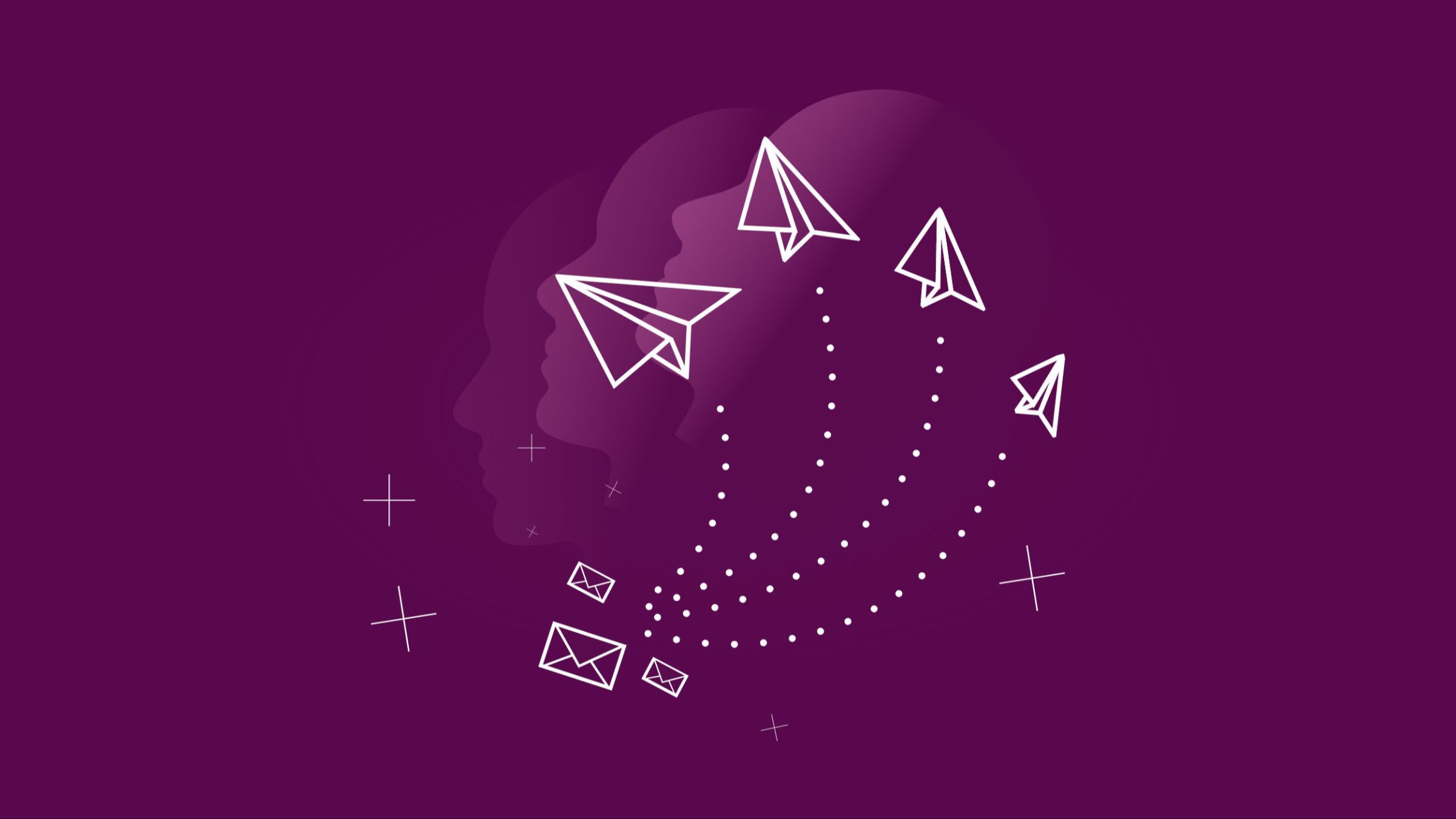
In a world where consumer expectations are constantly evolving, nonprofit organizations (NPOs) must also adapt their marketing strategies to remain relevant and effective. Personalization has become an indispensable approach to creating exceptional experiences for your members, volunteers, donors, or partners. We explore how you can leverage personalization to enhance your impact and community engagement.
What is personalization?
It's simple. Personalization involves tailoring communications and experiences based on the preferences, behaviors, and individual needs of your stakeholders. Because everyone has a different reason for engaging with your mission, it is desirable to go beyond generic messages and create interactions that personally resonate with your various stakeholders.
It all starts with relevant data collection and analysis
The first step to successful personalization is good data collection and analysis. Use Customer Relationship Management (CRM) tools to gather information on past interactions, preferences, and contributions of your stakeholders.
Analyze this data to identify trends and specific segments within your contact base. For our clients using Yapla, nothing could be easier. Thanks to the use of groups, you are able to understand the habits of your members, volunteers, donors, or partners based on their interactions with your NPO or their status.
If you have not already implemented a CRM like Yapla, you should consider it to reduce the workload associated with personalizing your marketing or communication actions.
Audience Segmentation
Segment your audience into homogeneous groups based on relevant criteria such as location, interests, and behaviors. This segmentation allows you to create targeted and relevant messages for each group, thereby increasing engagement and effectiveness of your campaigns.
Craft Personalized Messages
Based on the analysis of your data, create personalized messages that meet the specific needs and interests of each segment of your community. For example, reach out to participants from a past activity to propose a follow-up event. Contact your donors to summarize the impact of their involvement and suggest a new project for funding. Draft dedicated communication solely for your partners and sponsors to ensure the sustainability of their commitment.
As you may have understood, the idea is to offer personalized experiences to your members, partners, volunteers, or donors such as exclusive events, field visits, or volunteer opportunities tailored to their interests. These experiences enhance the sense of belonging and commitment to your nonprofit organization, contributing at the same time to your relevance and dynamism.
Technological Tools
Your newsletter remains one of the most relevant ways to personalize your communications. Build your newsletter databases based on the personalization actions you want to accomplish. For our clients using Yapla, creating a targeted group is simple and quick, while for nonprofits integrating multiple different technologies into their communication ecosystem, the task can be more time-consuming and sometimes even tedious.
Consider also integrating technological tools, such as artificial intelligence and marketing automation, which can greatly facilitate the personalization of your actions. Use these technologies to automate personalization processes, send messages at the right time, and adjust your campaigns in real-time based on the responses of your stakeholders.
Make sure to personalize all automatic messages in your communication ecosystem. When a member of your community takes an action, such as signing up to your newsletter, your automated messages should help them learn more about what you offer.
Monitoring and Adjustment
It’s crucial to track and measure the impact of your personalization efforts and adjust your strategies accordingly. To do this, use key performance indicators (KPIs) to measure engagement, conversion rates, and member satisfaction. Also, seek direct feedback from your members to understand what’s working and what can be improved.
Conclusion
Personalizing communications is no longer an option for nonprofits; it is an essential tool for creating exceptional experiences for members, partners, volunteers, and donors.
By understanding the unique needs of your community and tailoring your communications and offerings accordingly, you can strengthen your relationships with stakeholders, increase their engagement, and maximize your organization’s impact. Investing in personalization strategies is a crucial step towards more effective marketing and communications and greater success for your nonprofit.
Feel free to contact us to learn more.
 |
Jean-François DommercPresident |







